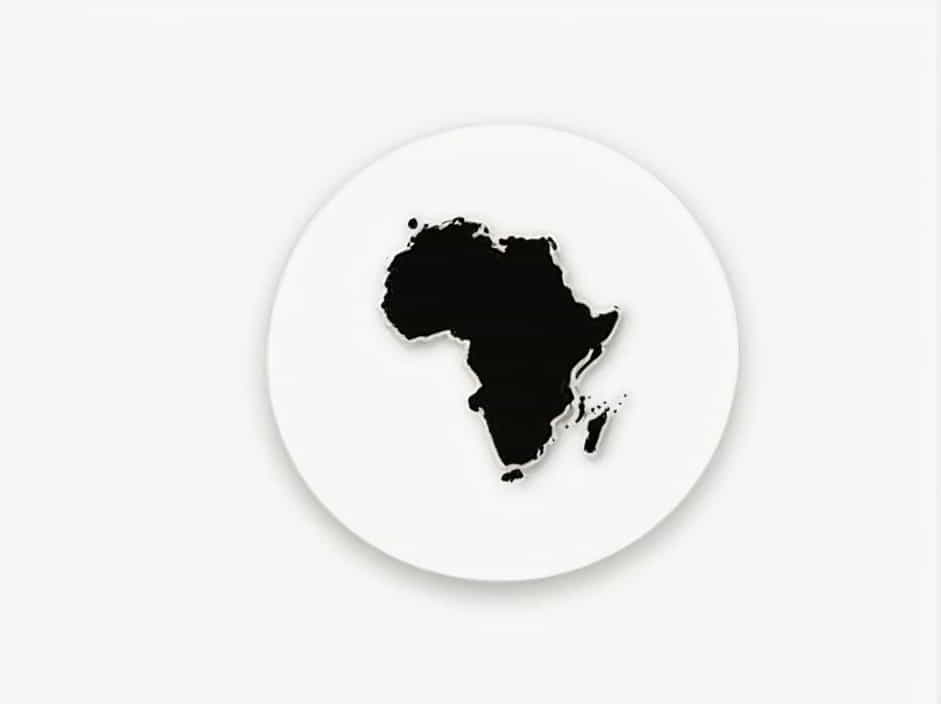Papua New Guinea (PNG) is a fascinating country known for its rich biodiversity, diverse cultures, and unique geography. Many people wonder: “Which continent is Papua New Guinea in?” The answer is that Papua New Guinea is located in the continent of Oceania.
This topic explores Papua New Guinea’s geographic location, neighboring countries, climate, culture, economy, and global significance.
1. Papua New Guinea’s Location in Oceania
A. Which Continent Does Papua New Guinea Belong To?
Papua New Guinea is part of Oceania, a continent that consists of Australia, New Zealand, and the Pacific Islands. Oceania is often divided into four regions:
- Australasia (includes Australia and New Zealand).
- Melanesia (includes Papua New Guinea, Fiji, and the Solomon Islands).
- Micronesia (includes small island nations like Palau and Nauru).
- Polynesia (includes Hawaii, Samoa, and Tonga).
Papua New Guinea is in the Melanesia region, which is known for its black-sand beaches, dense rainforests, and diverse tribal cultures.
B. Geographic Coordinates of Papua New Guinea
Papua New Guinea is located in the Southwestern Pacific Ocean, just north of Australia. Its coordinates are:
- Latitude: Between 0° and 12° South of the equator.
- Longitude: Between 140° and 160° East.
C. Papua New Guinea’s Borders
PNG is a unique country because it shares a land border with Indonesia while being part of Oceania. The country is situated:
- North of Australia (separated by the Torres Strait).
- West of the Solomon Islands.
- East of Indonesia’s Papua province (the island of New Guinea is divided between PNG and Indonesia).
Papua New Guinea is the eastern half of the island of New Guinea, while the western half belongs to Indonesia.
2. The Geography of Papua New Guinea
Papua New Guinea covers an area of 462,840 square kilometers, making it the third-largest country in Oceania, after Australia and New Zealand.
A. Major Islands of Papua New Guinea
PNG consists of the eastern half of New Guinea Island and over 600 smaller islands. The main islands include:
- New Britain (largest island after New Guinea).
- New Ireland (northeastern PNG).
- Bougainville (part of the Autonomous Region of Bougainville).
- Manus Island (in the Bismarck Archipelago).
B. Natural Landscapes
Papua New Guinea is famous for its mountains, rainforests, rivers, and volcanoes. Some key features include:
- Mount Wilhelm (the highest peak at 4,509 meters).
- Sepik River (one of the longest rivers in the Pacific region).
- Dense tropical rainforests (home to rare wildlife like the Bird of Paradise).
3. Climate and Weather in Papua New Guinea
A. Tropical Climate
PNG has a tropical rainforest climate, meaning it experiences high temperatures and heavy rainfall throughout the year.
B. Rainy and Dry Seasons
- Wet Season: November to April (monsoon rains).
- Dry Season: May to October (less rainfall but still humid).
Due to its mountains and coastal areas, different parts of PNG experience varying weather conditions.
4. Culture and Languages of Papua New Guinea
A. Cultural Diversity
Papua New Guinea is one of the most culturally diverse countries in the world, with over 800 languages and 1,000 ethnic groups.
B. Official Language and Communication
The main languages spoken are:
- English (official language).
- Tok Pisin (widely spoken Creole language).
- Hiri Motu (used in some coastal areas).
Despite having English as an official language, most Papua New Guineans speak their local tribal languages.
C. Traditional Lifestyle
Many people in PNG still live in villages and practice traditional customs, including:
- Hunting and fishing for food.
- Weaving, wood carving, and pottery.
- Tribal dances and music during ceremonies.
5. Papua New Guinea’s Economy and Natural Resources
A. Major Industries
PNG’s economy is based on:
- Agriculture (coffee, cocoa, palm oil, and vanilla).
- Mining (gold, copper, and nickel).
- Fishing (tuna exports).
- Tourism (eco-tourism and cultural tourism).
B. Papua New Guinea’s Natural Resources
PNG is rich in natural resources, including:
- Forests (for timber production).
- Gold and copper mines.
- Oil and natural gas reserves.
Despite its wealth in resources, many Papua New Guineans live in rural areas with limited infrastructure.
6. Papua New Guinea’s Political and International Role
A. Government System
Papua New Guinea is a constitutional monarchy with a parliamentary democracy. It recognizes King Charles III as its head of state but has its own government.
B. Relationship with Australia and Neighboring Countries
PNG maintains strong political and economic ties with Australia, which provides financial aid and development assistance.
PNG is also a member of international organizations like:
- The United Nations (UN).
- The Pacific Islands Forum (PIF).
- The Commonwealth of Nations.
7. Why Papua New Guinea’s Location in Oceania is Important
A. Strategic Location for Trade
PNG’s position between Asia and the Pacific makes it important for shipping routes and global trade.
B. Biodiversity and Environmental Conservation
PNG is home to 5% of the world’s biodiversity, making it a key country for environmental conservation and sustainable development.
C. Tourism and Cultural Heritage
- The country attracts adventure travelers, nature lovers, and cultural enthusiasts.
- Popular activities include scuba diving, hiking, and wildlife exploration.
Papua New Guinea is located in the continent of Oceania, specifically in the Melanesia region. It shares the island of New Guinea with Indonesia and has over 600 smaller islands in the Pacific Ocean.
With diverse cultures, tropical landscapes, and rich natural resources, Papua New Guinea plays an essential role in the Pacific region. Its strategic location, environmental importance, and unique cultural heritage make it a fascinating and significant country in Oceania.
